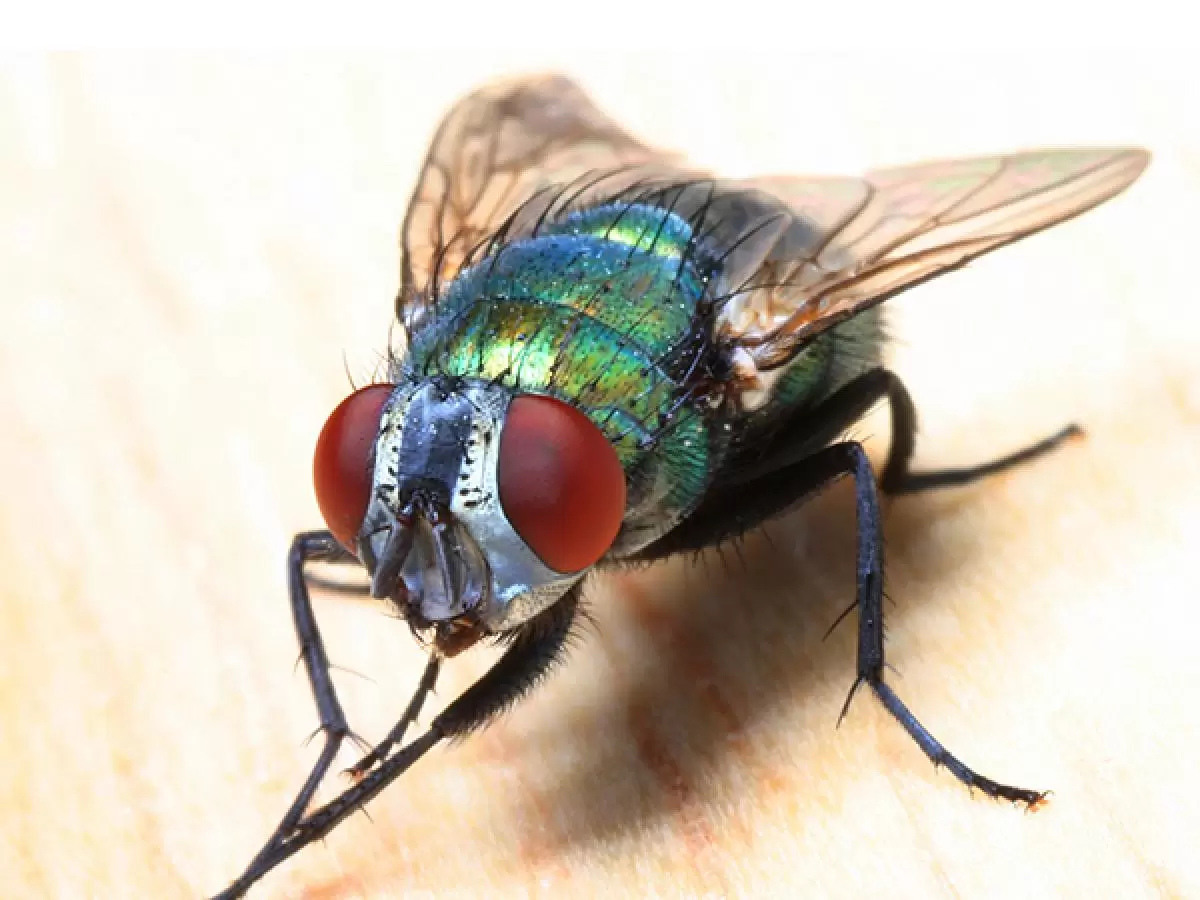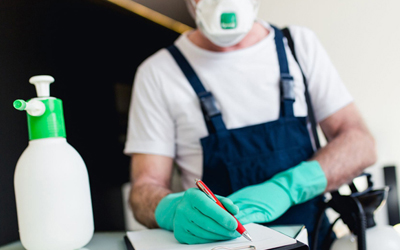Prompt, Affordable Same-Day Pest Control in Melbourne – From $129.
- Home
- Pest Treatments
- Termite Inspection & Treatment
- Ant Pest Control
- Bed Bug Treatment
- Beetle Pest Control
- Bird Proofing
- Borer Pest Control
- Cockroach Control
- Flea Treatment
- Fly Control
- Fox Trapping
- Mites Control
- Mosquito Pest Control
- Moth Control
- Possum Removal Service
- Rodent Control
- Silverfish Treatment
- Spider Control Treatment
- Wasp Control Services
- End of Lease Pest Control
- Commercial Pest Control
- Office Pest Control
- Restaurants & Cafes Pest Control
- Hospitality Pest Control
- Education Facilities Pest Control
- Hospital & Aged Care Pest Control
- Pest Control Food Industry
- Factories & Warehouses Pest Control
- Government Buildings Pest Control
- Assets & Facilities Pest Management
- Farming and Agriculture Pest Control
- Strata Pest Control
- Construction Pest Control
- Termites
- Pest Info
- Pest Inspections
- Contact
- Home
- Pest Treatments
- Termite Inspection & Treatment
- Ant Pest Control
- Bed Bug Treatment
- Beetle Pest Control
- Bird Proofing
- Borer Pest Control
- Cockroach Control
- Flea Treatment
- Fly Control
- Fox Trapping
- Mites Control
- Mosquito Pest Control
- Moth Control
- Possum Removal Service
- Rodent Control
- Silverfish Treatment
- Spider Control Treatment
- Wasp Control Services
- End of Lease Pest Control
- Commercial Pest Control
- Office Pest Control
- Restaurants & Cafes Pest Control
- Hospitality Pest Control
- Education Facilities Pest Control
- Hospital & Aged Care Pest Control
- Pest Control Food Industry
- Factories & Warehouses Pest Control
- Government Buildings Pest Control
- Assets & Facilities Pest Management
- Farming and Agriculture Pest Control
- Strata Pest Control
- Construction Pest Control
- Termites
- Pest Info
- Pest Inspections
- Contact
Home » Fly Control Services In Melbourne
Fly Control Treatment Services In Melbourne
Do you see an increasing number of flies around your commercial property or at your home? Are you searching for premium fly control in Melbourne? Are you worried that the flies around your property can affect your quality of life?
Welcome to Tom’s Pest Control, the number one destination for homeowners and businesses for fly removal in Melbourne. With standardised, safe treatment procedures and experienced fly infestation treatment technicians, we will transform your space into an optimally healthy environment that can ensure your wellbeing.
Book Your Fly Control Services Here
Why You Should Control Flies Around Your Property
- Compared to cockroaches and rodents, flies pose more of a threat to human health.
- According to the World Health Organisation, flies transmit at least 65 diseases, including skin diseases, diarrhoea, cholera, typhoid fever, tuberculosis, conjunctivitis, and more.
- Flies can compromise the overall hygiene of your property and contaminate your food.
- They are a nuisance and are often considered as a sign of lack of cleanliness and hygiene.
Types Of Flies In Melbourne
House Fly
Fruit Fly
Bush Fly
Blowfly

The Fly And Maggot Treatment Procedure
Inspection
The inspection will also help us to identify the reasons behind the infestation to safeguard you from future infestations.
Treatment Plan
Before beginning with the fly treatment, we will communicate the treatment plan with you and ensure that you are getting a transparent service experience.
Fly Control Treatment
Our treatment is not just limited to your property alone; we can treat the surroundings that can encourage the breeding of flies as well.
Ongoing Prevention
Based on our inspection and findings, we will give you specific tips in addition to general fly control strategies, such as regular cleaning of the kitchen, proper storing of food products, regular yard maintenance, and more.
Why Tom’s Pest Control?
- Same/next day service
- Qualified, experienced pest control specialists
- Comprehensive prices, upfront quotes
- Safe, family-friendly fly removal services
- Local pest control teams
- Friendly, transparent service experience
- 100 percent satisfaction guarantee

FAQs
How do you get rid of a fly infestation?
The first step in getting rid of a fly infestation is to focus on their points of vulnerability. The scent and brightness are what draws them in the most. However, you can catch and kill flies with certain potent smells, essential oils, and plants.
You can create a homemade fly trap that works both indoors and outside. Fermented apple juice, or Apple cider vinegar trap, is a fantastic treat for these flying insects. Another efficient way to get rid of insects is with a repellent spray.
Lavender has a pleasant aroma and may successfully repel insects. In addition, the faint clove fragrance repels flies. So, combining lemon with this bit of spice will result in a safe and efficient insect repellent.
Should I call pest control for flies?
Some fly issues may be resolved with little to no effort. However, one fly entering your house through the front door will likely begin buzzing about and annoy you to the point where you jump up, grab a fly swatter, and SWAT!
Fly issues are resolved. However, eradicating specific fly infestations takes a bit more work. For example, it might be time to call a professional if fresh flies begin to replace the ones you’re slapping or if there are more flies than you can handle.
Hire a qualified pest control specialist at Tom’s Pest Control Melbourne to undertake an examination, paying close attention to any potential hiding spots for house fly eggs. Additionally, you get defence against bugs that spread disease, wreak havoc on your possessions, and ruin your home’s construction components.
What are the signs of a fly infestation?
The flies themselves are the most typical indication of a housefly infestation. As they develop into pupae, larvae may be observed creeping out of their breeding material. People may hear house flies about the house in addition to seeing them.
Because their two wings are beating in unison, house flies make a buzzing sound. In addition, house flies often have four black stripes on their thorax and a grey look. An adult house fly length ranges from 1/8 to 1″ (4 to 7.5 mm).
They have a slightly hairy body, one set of wings, and compound red eyes with hundreds of tiny lenses that give them a larger field of view. Typically, female houseflies are more significant than males. Both fangs and a stinger are absent from house flies.
What are the diseases that fly transmit?
Studies show that flies may transmit and carry up to 65 diseases, including cholera, infections, viral disorders, and the common cold. They have access to a lot of places, which is a result of their poor eating habits.
Infectious disorders spread by flies include some of the following:
- Dysentery, typhoid, cholera, and diarrhoea are a few examples of enteric illnesses.
- Parasitic infections
- Trachoma and pandemic conjunctivitis are two eye illnesses.
- Poliomyelitis
- Yaws, mycoses, cutaneous diphtheria, and leprosy are examples of skin infections.
Did you know that a fly may fly up to 30 kilometres in search of food? Additionally, they may take a variety of trash and filth from their travels, which they eventually dump on your food. It is why it’s crucial to take extra care to protect your food from such contagious insects.
What are the different types of flies?
The presence of two wings distinguishes the wide varieties of flies that the ordinary person encounters daily, from the common house fly to mosquitoes and gnats. In actuality, it serves as the extra-large order Diptera’s distinguishing characteristic.
A complete classification of the various fly species would need an encyclopaedic effort given the over 150 000 Diptera species, and they are over 100 families. Some of the common types of flies include: –
- Darden Flies
- Drain Fly
- Muscidae Housefly
- Blow Flies
- Biting Flies
- Sand Flies
- Black Flies
- Snipe Flies
- Horse Flies
- Bee Flies
- Flower Flies
- Tachinid Flies
- Robber Flies and much more.
Before buying fly control products, we recommend asking a guide or the neighbourhood fly shop what would be best to use. It’s effortless to arrive with a fly box filled to the brim and not have anything the fish are looking for.
Go to the neighbourhood fly shop and do your study. Else, hire a professional fly pest control service provider.

